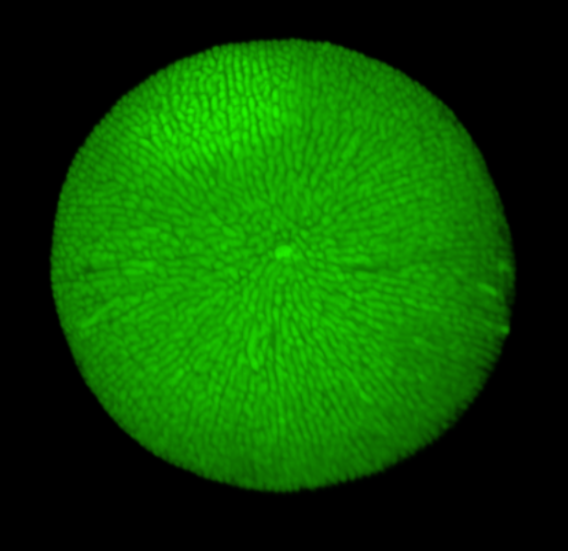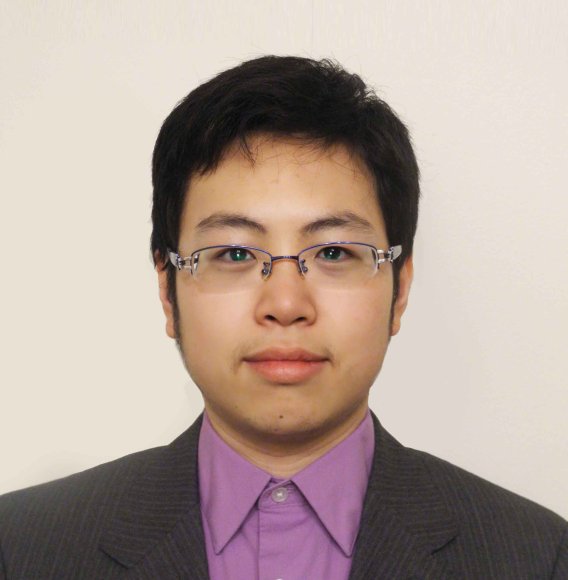Bacterial biofilm as a model for studying mechanical instabilities - Jing Yan, Yale University
Jing Yan, Assistant Professor of Molecular, Cellular and Developmental Biology and a member of the Quantitative Biology Institute (Qbio) at Yale University.

Abstract: Biofilms, surface‐attached communities of bacterial cells, are a concern in health and in industrial operations because of persistent infections, clogging of flows, and surface fouling. On the other hand, biofilms also display many interesting mechanical instabilities and behave as unique active materials. In this talk, I will discuss our recent progress in using Vibrio cholerae as a model to reveal the physical principles behind biofilm formation, in particular in confined environment, both at the single cell level and at the continuum level. In this process, we discovered a deep connection between biofilm growth and phenomena in soft materials including cavitation, delamination, and stress birefringence.

About: Jing Yan is currently an Assistant Professor of Molecular, Cellular and Developmental Biology and a member of the Quantitative Biology Institute (Qbio) at Yale. Originally from Shanghai, China, he obtained his B.S. degree from the College of Chemistry and Molecular Engineering at Peking University in China, with extensive undergraduate research experience in organic synthesis. In 2009, he switched to the field of soft matter physics and pursued Ph.D. degree in the Department of Materials Science and Engineering at the University of Illinois at Urbana-Champaign. Working with Steve Granick, he developed novel reconfigurable, active colloidal materials during his Ph.D.
In 2014, he stumbled into microbiology at Princeton as a joint postdoctoral researcher in the department of Molecular Biology and Mechanical and Aerospace Engineering. Working with Bonnie Bassler, Howard Stone, and Ned Wingreen, he studied bacterial biofilms with an interdisciplinary approach. With new imaging techniques, he discovered the spontaneous cellular ordering inside V. cholerae biofilms that leads to the formation of tenacious biofilm clusters. His study on the biofilm material properties leads to innovative methods to remove harmful biofilms. He received the Career Award at the Scientific Interface from Burroughs Wellcome Fund in 2016.
Jing received the Career Award at the Scientific Interface from Burroughs Wellcome Fund in 2016 and NIH Director’s New Innovator Award in 2021.
